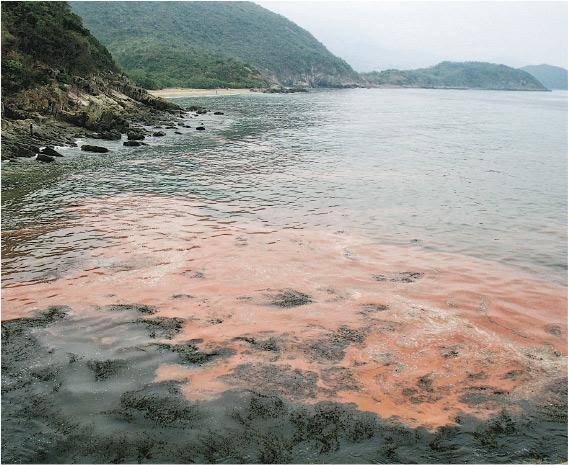Regulations to Solve Water Pollution
The Chinese government has taken many measures to prevent water pollution, and I think the most useful measure is through the formulation of laws and regulations.China has incorporated the prevention and control of water pollution and water conservation into laws, such as the Water Pollution Prevention Law of the People's Republic of China, which forces citizens to save water and protect water resources, and has implanted the idea of caring for water resources into the hearts of citizens.
![]()
![]()


The central government has recently intensified efforts to control and remedy water pollution. A comprehensive suite of laws governs pollution prevention and remediation, and the State Council and ministries set detailed objectives and standards for water managers. Often these objectives are set in Five Year Plans that set quantitative targets for water quality. Successive plans have raised not just the standards, but also the proportions of cities and counties that must meet these standards. In the last three years, these efforts have become more intense.
In 2014 Premier Li Keqiang set aside US$330 billion to tackle water pollution. Drinking water standards, wastewater treatment, and pollution control all received attention, in order to reduce water pollution by 30-50%. Three “red lines” were declared, with targets set for 2015, 2020, and 2030 that covered maximum total water use, efficiency of water use and pollution control.
In April 2015 there followed the State Council’s Water Pollution Prevention and Control Action Plan. The Plan drew on advice from many ministries and incorporated prior announcements like the three “red lines”. The Plan aims to enforce stricter standards, increase water monitoring efforts, strengthen the enforcement of environmental laws, punish polluters and especially target heavily polluting industries. Specific performance indicators are set, with definite goals and timelines. For example, the Plan states that by 2020, 70% of the water in the major watersheds and 93% of the drinking water sources in major cities are to meet Grade III or higher standards.

The effects of these regulations have also proved to be great. Monitoring data shows that in 2019, the proportions of national surface water control sections with excellent water quality (Class I-III) and loss of functional functions (below Class V) were 74.9% and 3.4% respectively, which were 8.9 percentage points higher and 6.3 lower than in 2015 respectively. percentage points; the water quality of major rivers and rivers has steadily improved, which is an astounding achievement considering the current dire situation we facing when it comes to water pollution.




 浙公网安备 33010602011771号
浙公网安备 33010602011771号